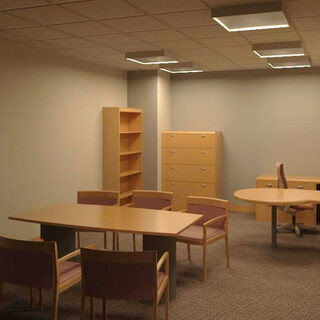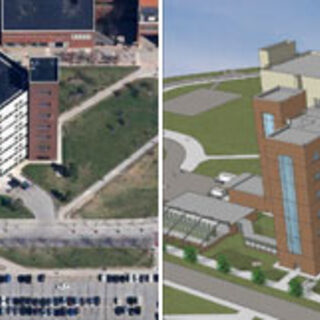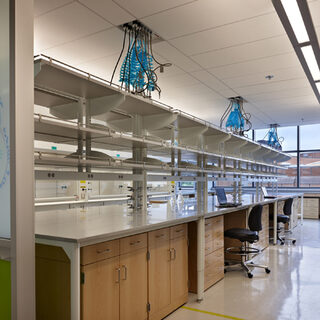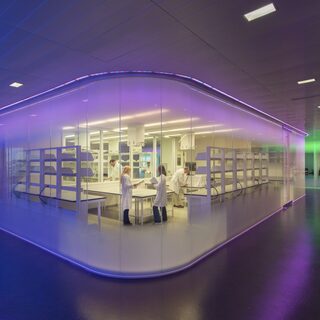Tradeline's industry reports are a must-read resource for those involved in facilities planning and management. Reports include management case studies, current and in-depth project profiles, and editorials on the latest facilities management issues.
Latest Reports
Building Information Modeling Enhances Space Management at OSU
Ohio State University is creating three-dimensional models of its existing buildings as part of a comprehensive plan to address space management needs and to make informed decisions regarding renovation, construction, and maintenance projects.
Pfizer Center for Therapeutic Innovation
Pfizer has located its corporate headquarters for the Center for Therapeutic Innovation group on the top floor of the Center for Life Science | Boston (CLSB) building, in the heart of the Longwood Medical Area.
Renovating Aging Academic Science Buildings
Colleges and universities struggling with their aging science facilities face common challenges when they embark on major renovations: compromised infrastructure; mechanical systems that lack the energy efficiency of modern, sustainable designs; and non-compliance with building codes and the Americans with Disabilities Act. In addition, the buildings may be fully or partially occupied, and the budgets are limited. Overcoming these challenges requires careful planning and a well-considered phasing strategy that often includes tackling the major infrastructure improvements up front.
Molecular Engineering & Sciences Building
The Molecular Engineering & Sciences Building at the University of Washington accommodates growth in molecular engineering; responds to the evolving interdisciplinary nature of teaching and research; and fits within an area of campus that is home to revitalized facilities as well as traditional campus architecture.
Gates Vascular Institute and Clinical Translational Research Center
Driven by a spirit of collaboration, Kaleida Health and the University at Buffalo united within a single structure to bring several disciplines—and patients, surgeons, and researchers—together to exchange knowledge and ignite innovation. The 476,000-sf facility achieves this by stacking a translational research building over a clinical vascular institute. The first floors of this 10-story "vertical campus" house the Gates Vascular Institute (GVI), with the Clinical and Translational Research Center (CTRC) occupying the top half of the building.





